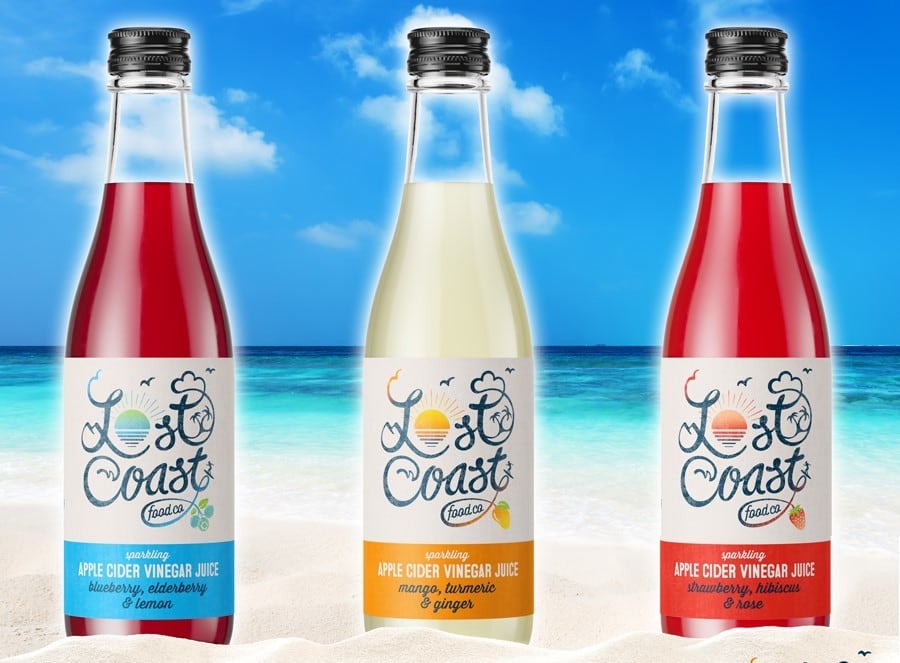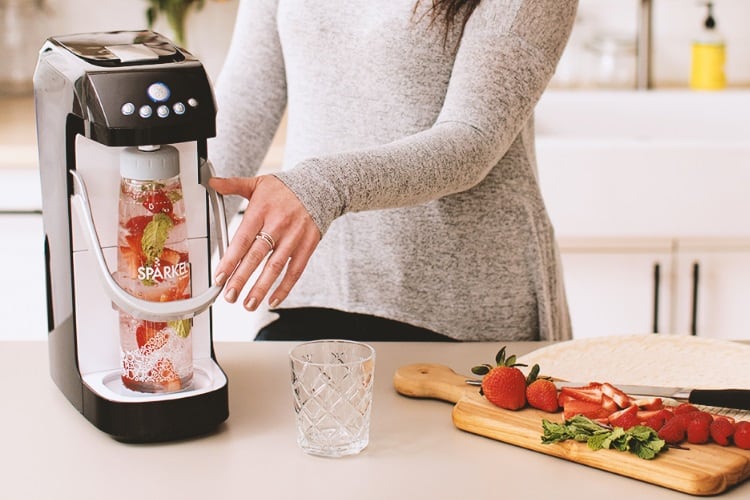This ambition was revealed recently when the Shri Bankey Behari Foods-owned Fresca announced last month it is aiming for a revenue milestone of INR1.5bn (US$21.5m) by next year, following annual growth of over 50%.
The packaged juice brand intends to build a 'strong presence' in regional markets across north India, while strengthening its distribution and improving availability across the rest of India. It aims to have 'substantially strengthened' its footprint by 2022.
“Having established ourselves amongst the top fruit juice brands in north and east India, we are now looking to build on the impressive reception that we have received from our customers and increase our pan-India presence by undertaking rapid expansion across the country,” said Akhil Gupta, Fresca’s founder and managing director.
“We have the capacity to fulfill the surge in demand, as we currently have a daily production output of 300,000 litres and 600,000 bottles when operating at full installed capacity. The market reception makes us confident that our explosive growth trajectory will continue for months and years to come.”
An untapped part of India
Fresca offers a wider selection of packaged fruit juices than found elsewhere in the segment, counting lychee, nimbu pani (lime juice), guava, mango and apple in 160ml, 300ml, 2 litre and aseptic 200ml packs. It was also the first brand in India to introduce holographic holographic packs as a marketing gimmick.
Claiming to have the highest consumer repeat purchase rate within in the fruit juice market, Fresca achieved a quarter-on-quarter growth this year of 57% against 5% growth seen across the wider industry.
Launched in 2010, the company has been growing at a rate of 50% over the last three years, during which time it has outpaced the wider industry at a rate of four to one. It is now available in more than 200,000 outlets across north India alone, with efforts being made to increase its stock across key regional markets in northern and eastern India.
The brand has been adding 700-900 new outlets on a daily basis, while enhancing its distribution and retail supply chain. Its country head says the brand has made strong headway in the retail market by making its products available all the way down into the Indian hinterland.
“Our growth over the last few years is a validation of the strength of our distribution ecosystem,” said Ashok Chopra. “By expanding the number of physical outlets, we have made last-mile availability of juices possible for a much larger consumer base, thus making our presence felt in markets as deep as tier 4 cities.”
The juice market
It became common last year for companies to target cities with a population of 20,000 or less in a bid to further push healthier drinks. The growth of sugary carbonated drinks has been falling in recent years, though this trend had not been filtering down to the small towns that make up this largely untapped part of India.
Rural and semi-urban segments currently account for 60% of the juice market and have been growing faster than metros, according to PepsiCo.
To make their charge, the US-headquartered multinational and other brands in the category, including Fresca, have been packaging juices and juice-based drinks into smaller and more affordable PET bottles for rural purchase at around INR10 (US$0.14). Historically, consumers in these markets have opted for fizzy drinks.
“It makes more economical sense for customers in smaller towns,” said Gupta. “We have seen people coming in tractors to pick up crates of juices in villages.”
But while all the segment players descended on this forgotten expanse as one, competition has become intense.
Having recently reintroduced the Slice juice-flavour brand in India PepsiCo, for one, has enlisted the world’s second biggest drinks franchisee, Varun Beverages, to help it grow into rural areas. The company aims to double sales of its Tropicana brand by next year as it takes its emphasis away from the carbonated lines in its portfolio.
Other fierce competitors include Dabur India, which is expanded its range with the launch of the Real Koolerz fruit beverage at a lower price point. It is also driving its 200ml packs into the lower-tier areas.
Fresca was said in January 2018 to be intent raising INR1bn (US$14.3bn) “over the next two years” through private equity to fund its ambition to be a national player. At the time, it was in talks with two PE funds in phases. It is not known how these talks have progressed.
Last month it entered the carbonated fruit drink segment under a newly created sub-brand, Fruzo. It is also said to be eyeing an entry into the snacks market by next year.
“We believe there is huge potential in the carbonated fruit drink segment,” Gupta told Hindu Businessline. “Currently, there aren’t many innovations being done in terms of flavours and variants. We believe we can tap into this potential by filling this gap in the market.”
In some of Fresca’s northern stronghold markets, carbonated fruit drinks have been growing at a rate of around 30% a year. Under Fresca Fruzo, the company is launching four variants priced at INR10 and INR15 for 160ml and 250ml packs. The company also plans to launch a ginger ale variant later this year.
Despite the new launch, Fresca is continuing to focus on completing its beverages portfolio. Upcoming products are likely to include a zero-sugar product that uses a natural sweetener, Gupta said.
Meanwhile, the company is also exploring the snacks segment. “Sampling for snacks products has already started. We are finalising the products, variants and packaging. I believe by next year we will launch snacks products,” he added.



